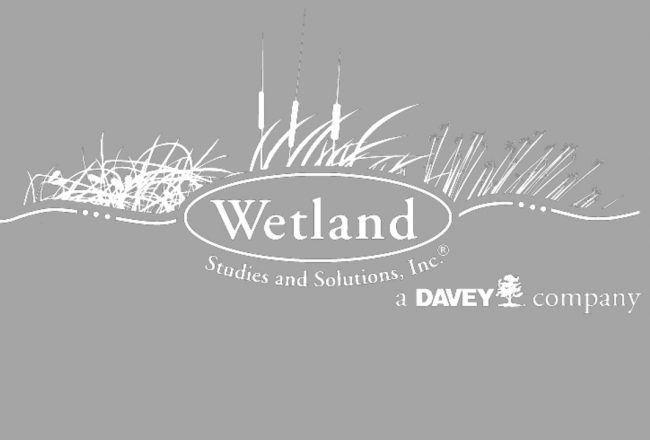Chesapeake Bay
Regional Spotlight: Improving the Water Quality of the Historic Chesapeake Bay
With more than 11,680 miles of shoreline, the Chesapeake Bay watershed spans six states and receives run-off from more than 150 major rivers and 100,000 smaller streams and tributaries. Historically, this estuary, the largest in North America, boasted some of the most plentiful wildlife, plant, and scenic resources in the world. Explorer Captain John Smith wrote in 1609 that, “heaven and earth have never agreed better to frame a place for man’s habitation.”
By the 1990s, however, the Chesapeake had fallen victim to myriad environmental harms that depleted these wildlife resources, impaired its water quality, and weakened this once resilient ecosystem. Perhaps most damaging to the Bay was water pollution from phosphorus, nitrogen and sediments emptied into the Bay as a result of land uses such as road development, sewer and septic systems, and fertilizer runoff from farms and lawns that created massive algal blooms. When these algae died off, oxygen was depleted from the Bay’s waters, killing aquatic organisms such as the region’s iconic blue crab, while suspended sediment shaded out the aquatic vegetation needed to feed fish and waterfowl and to hold the Bay’s shorelines together.
Fast forward to December 2010. Under the federal Clean Water Act, the United States Environmental Protection Agency (EPA) implemented a total maximum daily load (TMDL) regulating and capping the total amount of nutrient and sediment pollution that the Bay could take every year. This “diet” for the Bay set forth strict requirements for jurisdictions discharging into the Bay to find ways to offset that input so as to result in a “net discharge” at or below the TMDL limits.
In Maryland, one of the largest permitted dischargers of runoff is the Maryland State Highway Administration. Under a 2015 permit, the SHA was required to restore more than 100,000 linear feet of Bay tributary streams in order to offset the unavoidable nitrogen, phosphorus, and sediment pollution that runs off from the highways, roads, and parking lots the SHA manages. Through EIP’s Pay for Performance solution, we delivered more than half of this required restoration by restoring over 10 miles of Little Elk and North East creeks in northern Maryland. The total anticipated pollution reduction from these projects will be 3,976 pounds of nitrogen, 3,606 pounds of phosphorus, and 1,150 tons of sediment per year.
Before EIP’s work to restore these streams, artificially straightened channels and degraded or nonexistent riparian buffers caused the streambanks to actively erode which severely lowered the water quality and habitat value of the Chesapeake Bay watershed. We’ve now successfully restored a more natural meandering pattern to the streambeds, bringing back a stable channel configuration and re-forested riparian buffer that is permanently protected with conservation easements.
EIP’s Pay for Performance structure, and with the long-term outcomes we’re seeding in the Chesapeake Bay, are leading the way for permit-satisfying water quality benefit projects nationwide.

Our Partners
Cecil Land Trust is a conservation organization dedicated to the permanent preservation of Maryland’s farms, forests, water, and history. EIP shares these goals, and proudly partners with CLT to ensure that the projects we lead across the region are win-win-win: current land-owners benefit, the environment benefits, and future generations benefit.

Wetland Studies and Solutions Inc. provides valuable regional support for EIP’s national team in our work across the Chesapeake Bay area. Wetland Studies brings engineering expertise throughout the Mid-Atlantic region that bolsters EIP’s large-scale vision and planning for ecosystem restoration that will preserve the historic watershed for generations to come.
